Properties
| Storage Buffer | PBS pH7.2, 50% glycerol, 0.09% sodium azide *Storage buffer may change when conjugated |
| Storage Temperature | -20ºC, Conjugated antibodies should be stored according to the product label |
| Shipping Temperature | Blue Ice or 4ºC |
| Purification | Protein G Purified |
| Clonality | Monoclonal |
| Clone Number | BB70 |
| Isotype | IgG2a |
| Specificity | Detects ~72 (HSP) and ~73kDa (HSC). |
| Cite This Product | HSP70/HSC70 Antibody (StressMarq Biosciences | Victoria, BC CANADA, Catalog# SMC-106, RRID: AB_2295500) |
| Certificate of Analysis | 1 µg/ml of SMC-106 was sufficient for detection of HSP70 and HSC70 in 20 µg of heat shocked HeLa cell lysate by colorimetric immunoblot analysis using Goat anti-mouse IgG:HRP as the secondary antibody. |
Biological Description
| Alternative Names | HSPA1A, HSPA1B, HSPA1, HSPA8, HSP70, HSP70-1, HSP70.1, HSP70-2, HSP72, HSP73, HSC70, HSX70, Heat shock 70 kDa protein 1A, Heat shock 70 kDa protein 1B, Heat shock 70 kDa protein 8, Heat shock cognate 71 kDa protein |
| Research Areas | Cancer, Cell Signaling, Chaperone Proteins, Heat Shock, Protein Trafficking, Tumor Biomarkers |
| Cellular Localization | Cytoplasm |
| Accession Number | NP_001006686.1 |
| Gene ID | 423504 |
| Swiss Prot | P08106 |
| Scientific Background |
HSP70 proteins are a highly conserved family of 70-kDa molecular chaperones essential for maintaining protein homeostasis across all domains of life. In eukaryotes, HSP70 genes form a multigene family, with isoforms localized to the cytosol, nucleus, mitochondria, endoplasmic reticulum, and chloroplasts. These chaperones are either constitutively expressed (HSC70) or stress-inducible (HSP70), and share over 50% sequence identity across species. Functionally, HSP70s bind ATP with high affinity and exhibit ATPase activity that is stimulated by interaction with unfolded or misfolded proteins. The N-terminal domain mediates ATP binding, while the C-terminal domain is responsible for substrate recognition. This ATP-driven cycle enables HSP70s to bind and release hydrophobic regions of nascent or damaged proteins, preventing aggregation and facilitating proper folding, transport, and assembly. In neuroscience, HSP70 and HSC70 are critical for neuronal survival under proteotoxic stress—conditions commonly associated with neurodegenerative diseases such as Alzheimer’s, Parkinson’s, and Huntington’s disease. These chaperones stabilize misfolded proteins, support autophagic clearance, and modulate apoptotic signaling pathways. Their ability to interact with co-chaperones and degradation machinery further enhances their role in maintaining neuronal proteostasis. Given their central role in stress response and protein quality control, HSP70/HSC70 are promising therapeutic targets and biomarkers in neurodegeneration research. |
| References |
1. Zho J. (1998) Cell 94 : 471-480. 2. Boorstein W. R., Ziegelhoffer T. & Craig E. A. (1993) J. Mol. Evol.38 (1): 1-17. 3. Rothman J. (1989) Cell 59: 591 -601. 4. DeLuca-Flaherty et al. (1990) Cell 62: 875-887. 5. Bork P., Sander C. & Valencia A. (1992) Proc. Nat Acad. Sci. USA 89: 7290-7294. 6. Fink A.L. (1999) Physiol. Rev. 79: 425-449. 7. Smith D.F., et al, (1993) Mol. Cell. Biol. 13(2): 869-876. 8. Prapapanich V., et al. (1996) Mol. Cell. Biol. 16(11):6200-6207. 9. Fernandez-Funez et al., (2000) Nature 408(6808): 101-106. |
Product Images
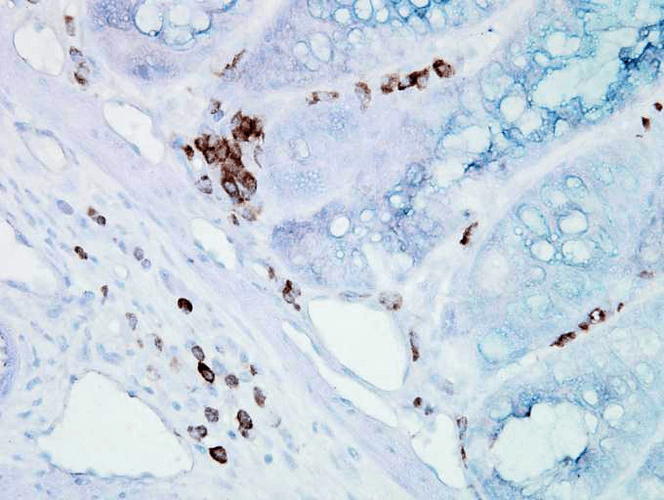
Immunohistochemistry analysis using Mouse Anti-Hsp70 Monoclonal Antibody, Clone BB70 (SMC-106). Tissue: inflamed colon. Species: Mouse. Fixation: Formalin. Primary Antibody: Mouse Anti-Hsp70 Monoclonal Antibody (SMC-106) at 1:10000 for 12 hours at 4°C. Secondary Antibody: Biotin Goat Anti-Mouse at 1:2000 for 1 hour at RT. Counterstain: Mayer Hematoxylin (purple/blue) nuclear stain at 200 µl for 2 minutes at RT. Localization: Inflammatory cells. Magnification: 40x. Inflammatory cells. HSP70/HSC70 stained brown. This image was produced using an amplifying IHC wash buffer. The antibody has therefore been diluted more than is recommended for other applications.
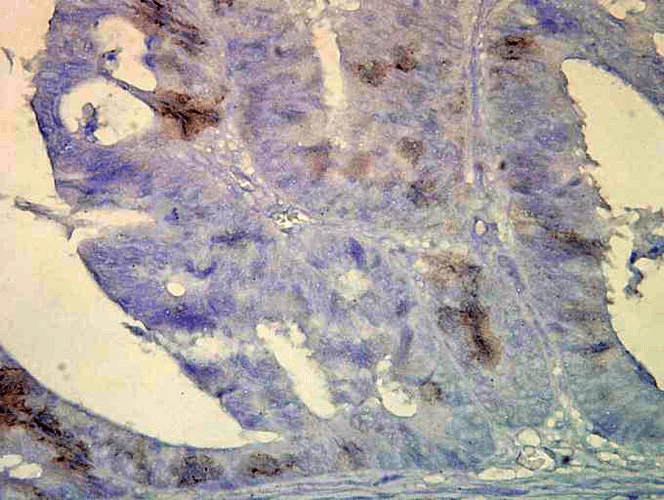
Immunohistochemistry analysis using Mouse Anti-Hsp70 Monoclonal Antibody, Clone BB70 (SMC-106). Tissue: colon carcinoma. Species: Human. Fixation: Formalin. Primary Antibody: Mouse Anti-Hsp70 Monoclonal Antibody (SMC-106) at 1:10000 for 12 hours at 4°C. Secondary Antibody: Biotin Goat Anti-Mouse at 1:2000 for 1 hour at RT. Counterstain: Mayer Hematoxylin (purple/blue) nuclear stain at 200 µl for 2 minutes at RT. Localization: Inflammatory cells. Magnification: 40x. HSP70/HSC70 cells stained brown. This image was produced using an amplifying IHC wash buffer. The antibody has therefore been diluted more than is recommended for other applications.
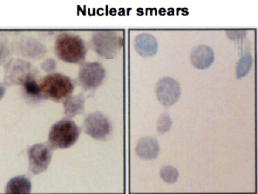
Immunocytochemistry/Immunofluorescence analysis using Mouse Anti-Hsp70 Monoclonal Antibody, Clone BB70 (SMC-106). Tissue: hepatocyte nuclei. Species: Rat. Primary Antibody: Mouse Anti-Hsp70 Monoclonal Antibody (SMC-106) at 1:200. Liver sections were paraffin embedded. First pictures in series show two hours after exposure to stress, the second shows the control.. Courtesy of: G. Matic, University of Belgrade, Serbia.
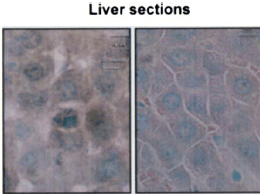
Immunohistochemistry analysis using Mouse Anti-Hsp70 Monoclonal Antibody, Clone BB70 (SMC-106). Tissue: hepatocytes. Species: Rat. Fixation: Paraffin Embedded. Primary Antibody: Mouse Anti-Hsp70 Monoclonal Antibody (SMC-106) at 1:200. Liver sections were paraffin embedded. First pictures in series show two hours after exposure to stress, the second shows the control.. Courtesy of: G. Matic, University of Belgrade, Serbia.

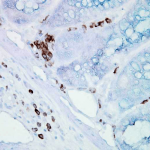
![Mouse Anti-Hsp70 Antibody [BB70] used in Immunohistochemistry (IHC) on Human colon carcinoma (SMC-106)](https://www.stressmarq.com/wp-content/uploads/SMC-106_Hsp70_Antibody_BB70_IHC_Human_colon-carcinoma_40x_1-100x100.png)
![Mouse Anti-Hsp70 Antibody [BB70] used in Western Blot (WB) on Bovine MDBK cell lysates (SMC-106)](https://www.stressmarq.com/wp-content/uploads/SMC-106_Hsp70_Antibody_BB70_WB_Bovine_MDBK-cell-lysates_1-100x100.png)
![Mouse Anti-Hsp70 Antibody [BB70] used in Immunocytochemistry/Immunofluorescence (ICC/IF) on Rat hepatocyte nuclei (SMC-106)](https://www.stressmarq.com/wp-content/uploads/SMC-106_Hsp70_Antibody_BB70_ICC-IF_Rat_hepatocyte-nuclei_1-100x100.png)
![Mouse Anti-Hsp70 Antibody [BB70] used in Western Blot (WB) on Human Cervical cancer cell line (HeLa) lysate (SMC-106)](https://www.stressmarq.com/wp-content/uploads/SMC-106_Hsp70_Antibody_BB70_WB_Human_HeLa-cell-lysates_1-100x100.png)
![Mouse Anti-Hsp70 Antibody [BB70] used in Immunohistochemistry (IHC) on Rat hepatocytes (SMC-106)](https://www.stressmarq.com/wp-content/uploads/SMC-106_Hsp70_Antibody_BB70_IHC_Rat_hepatocytes_1-100x100.png)
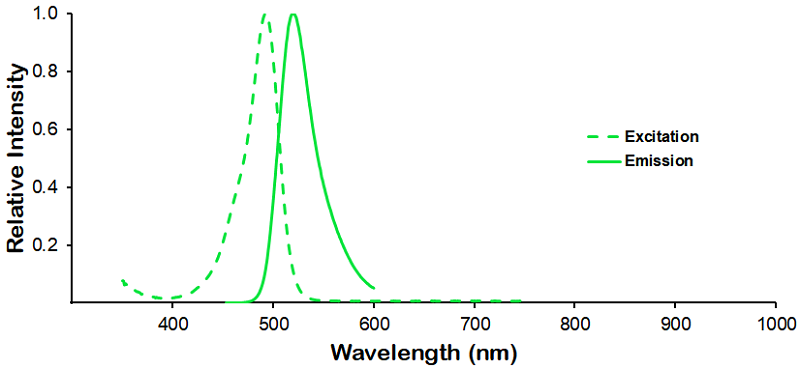
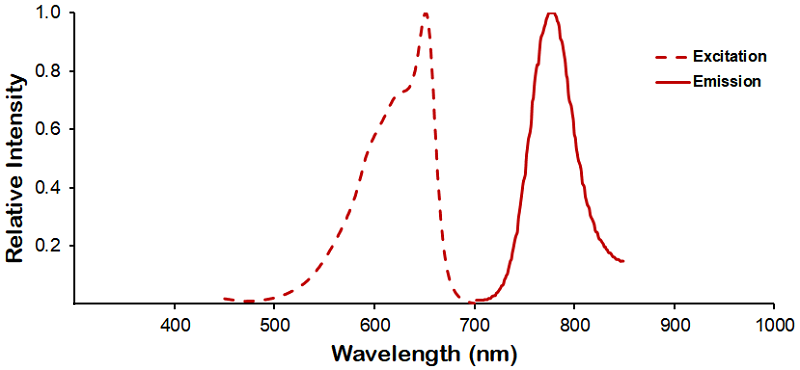
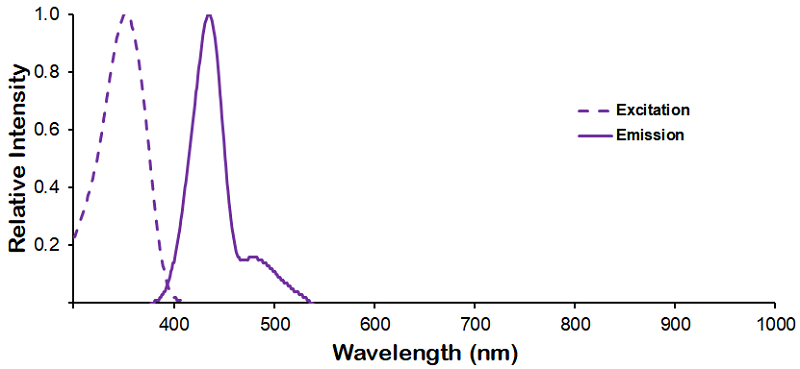
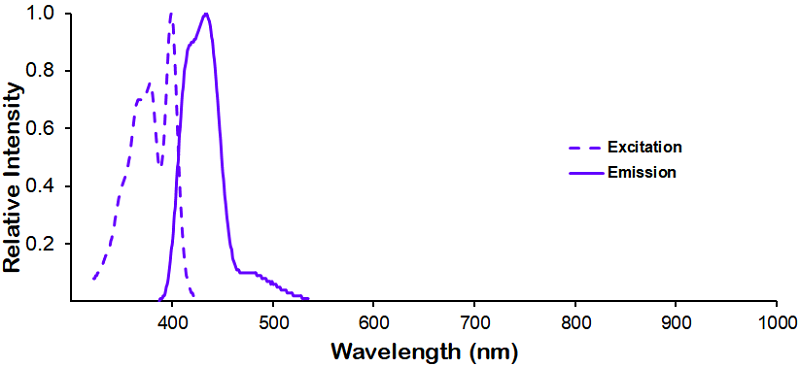
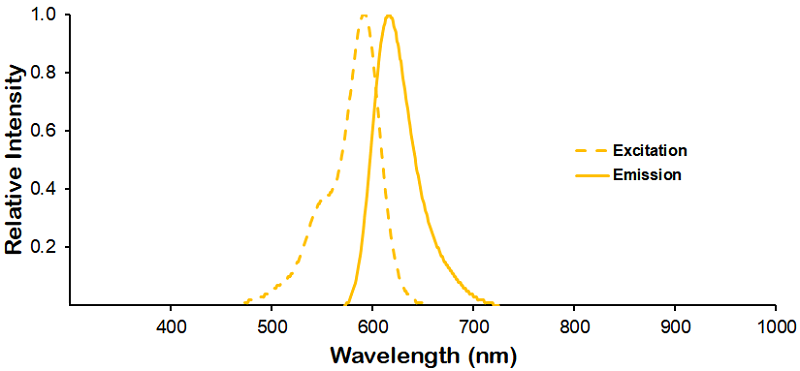
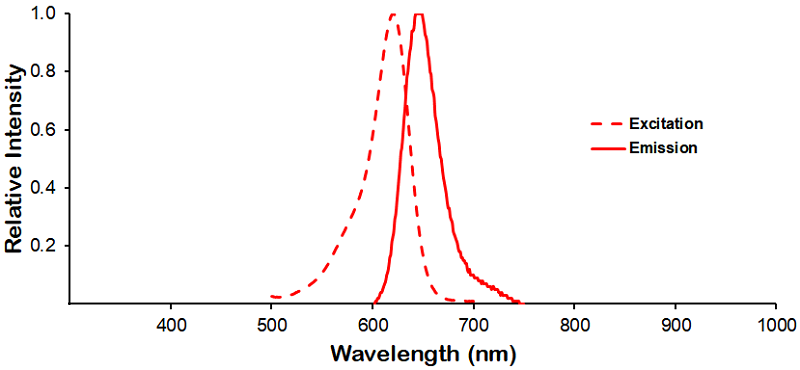
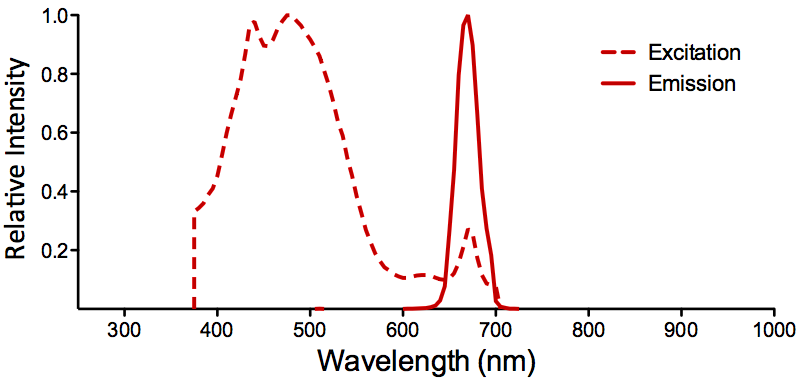
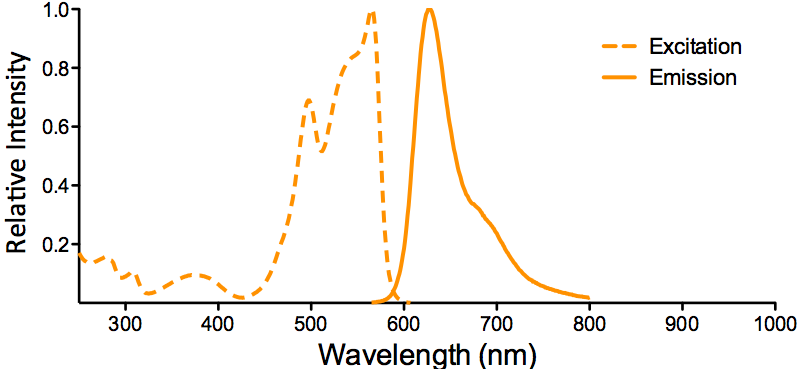
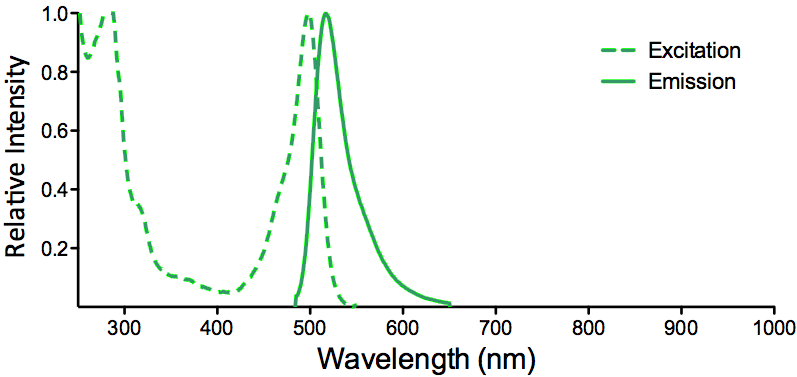
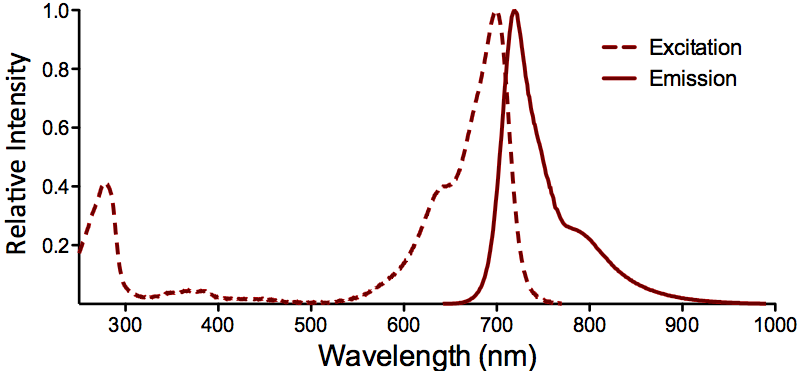
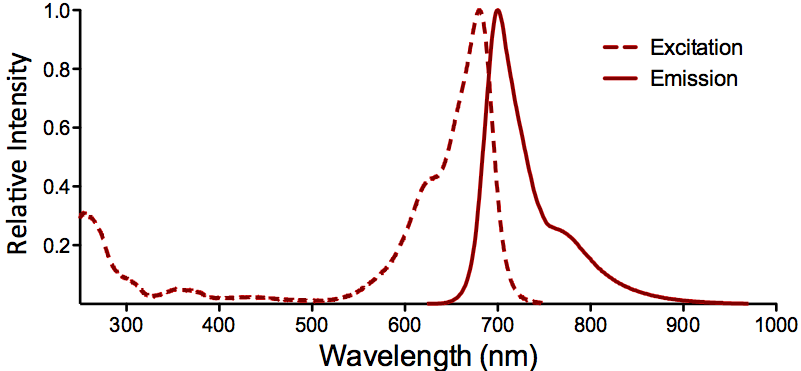
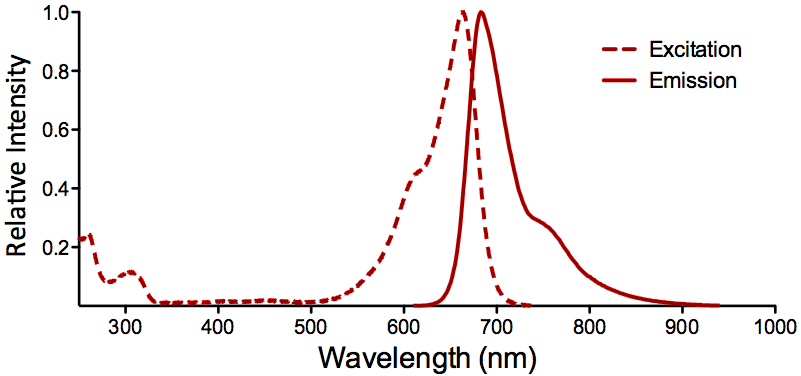
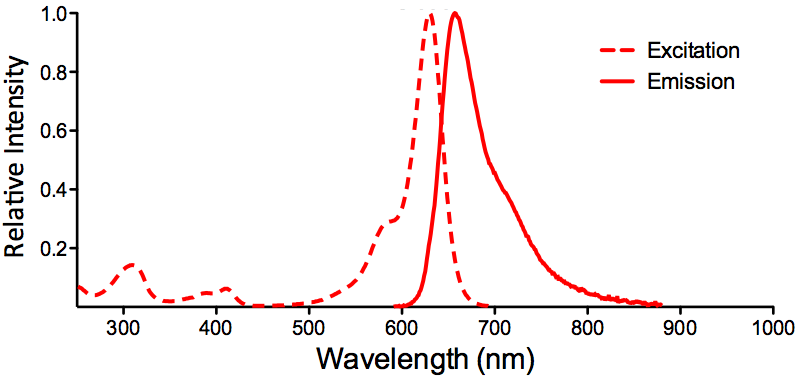
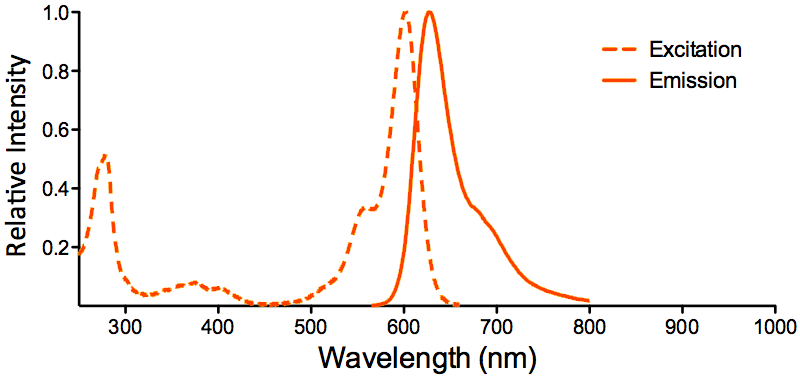
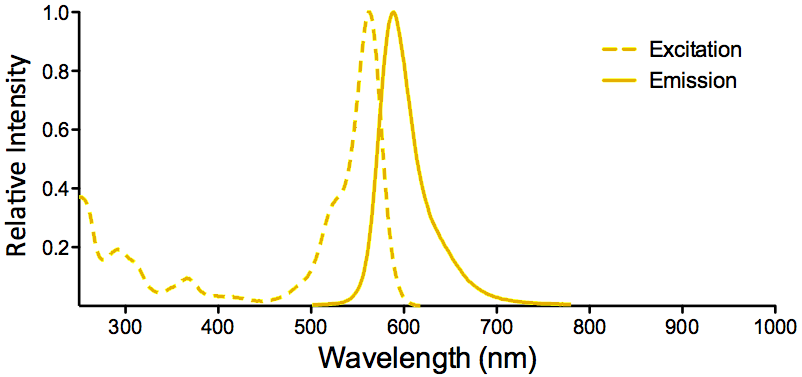
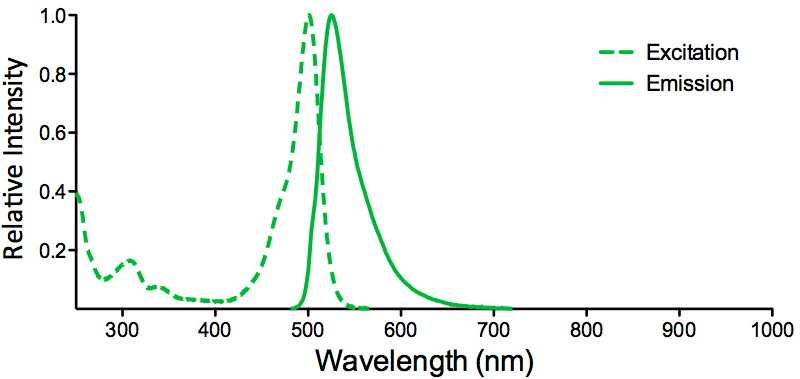
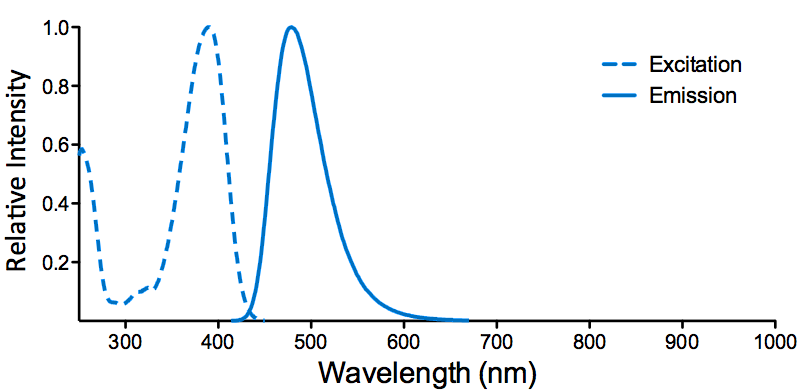
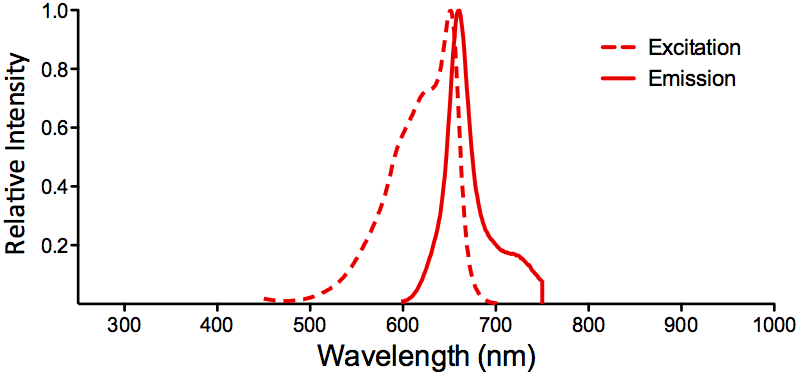
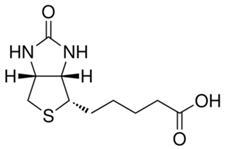
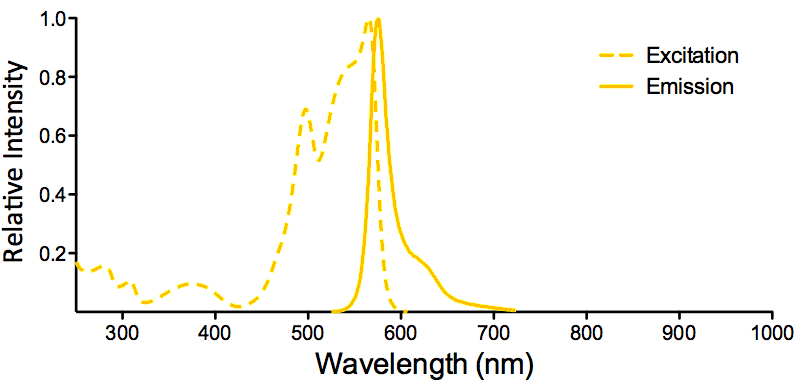
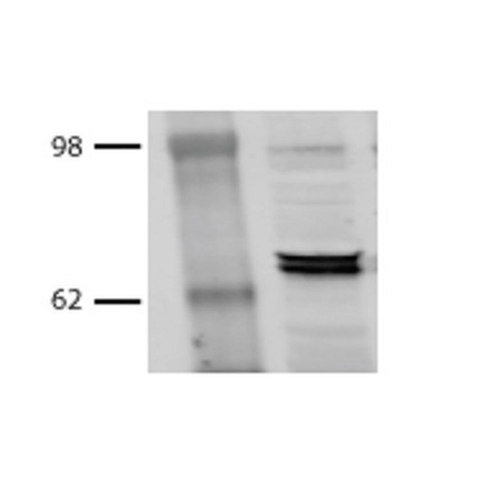
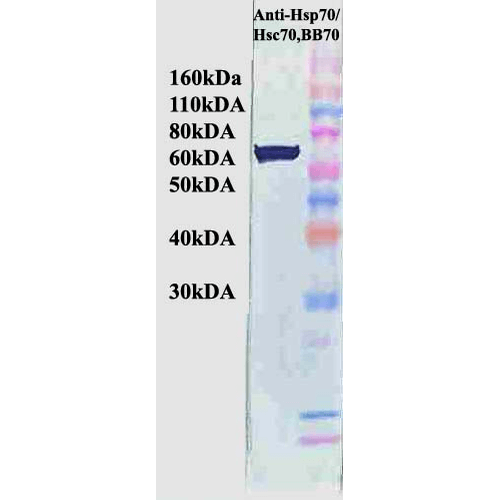
StressMarq Biosciences :
Based on validation through cited publications.